How to arrange pots in the garden - 5 things to consider when adding them to your outside space
Give your plant pot display some stylish flair

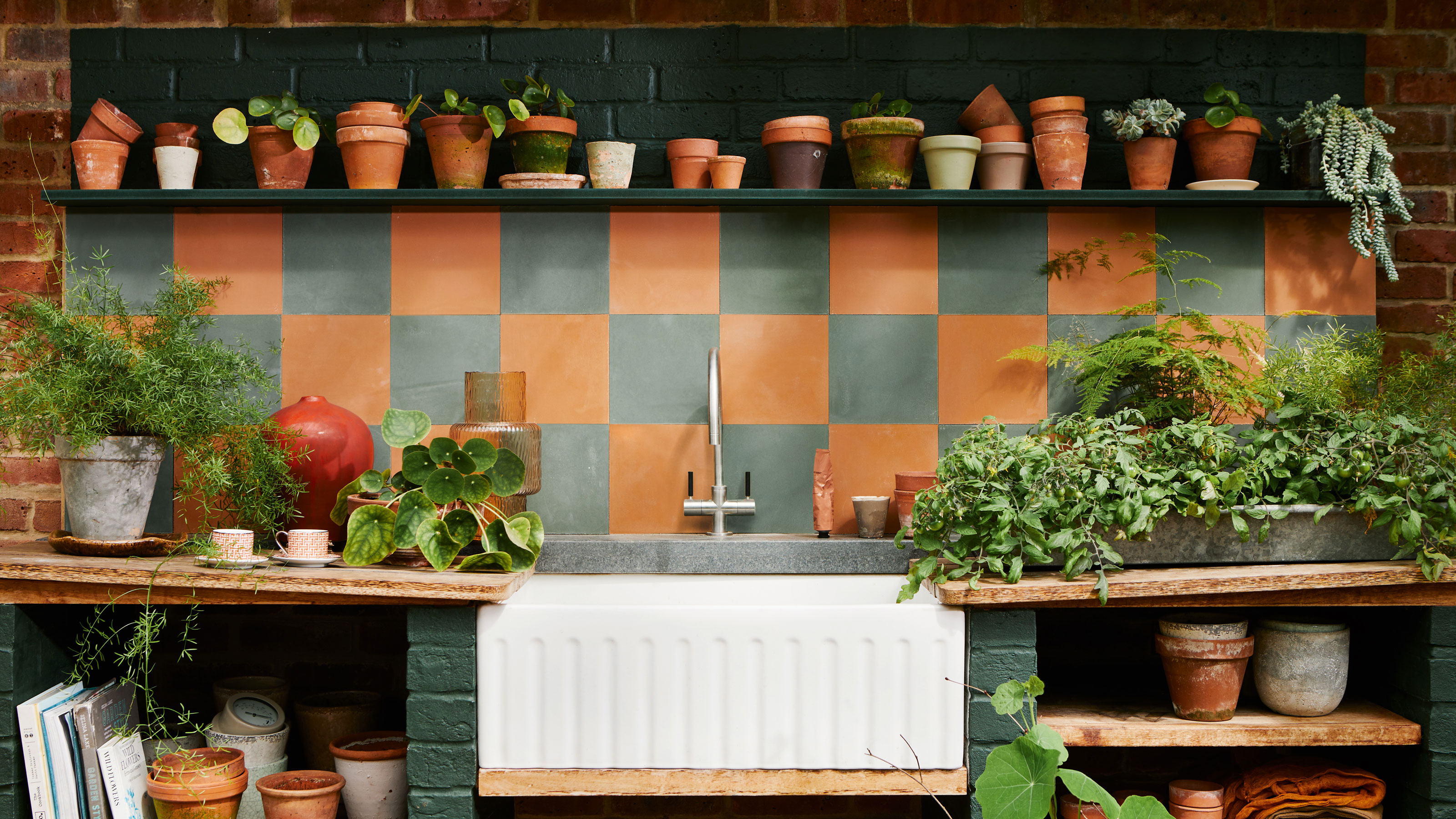
Adding pots and containers to your garden is a great quick fix to bring colourful patterns into your outside space while providing an easy solution to poor soil/no soil conditions. They can be used to grow everything from flowers to herbs and even tomatoes, but knowing how to arrange pots in the garden is key.
If you have a small garden, container garden ideas can offer extra planting opportunities without encroaching on your limited space. But it’s also very easy for these pots to overpower your space and serve as a trip hazard. By arranging them in a pretty and practical way, you can ensure a stunning garden display.
To help you arrange pots in the garden, we’ve spoken to some of the best gardening experts in the business, and they’ve had their say on how to group garden pots in terms of size, shape, colour, and more.
How to arrange pots in the garden
‘It’s easy for planters and pots to multiply in a way that’s fussy rather than thought out,’ explains Danielle Le Vaillant, Head of Photography & Film Styling at Cox & Cox. Below, you’ll find 5 ways to arrange pots in the garden that will make sense and work with your garden rather than against it.
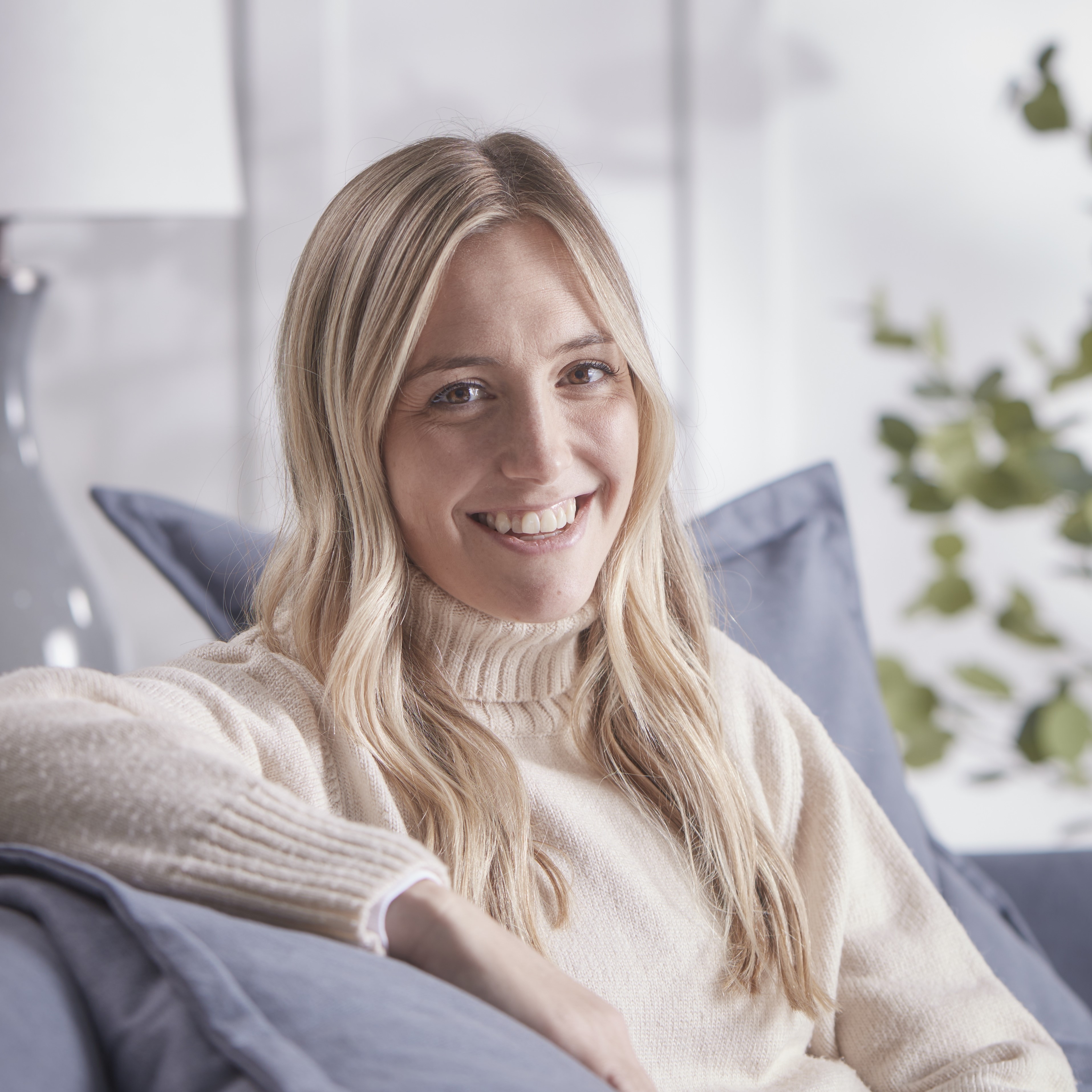
Danielle is responsible for planning, creating, and delivering all visuals for both Lifestyle Photography & Film at online homewares retailer Cox & Cox. She is the creative mind behind the well-known clean visual style that is Cox & Cox and makes sure that every single shot strikes a coherent balance of aspiration and commerciality.
1. Think about size
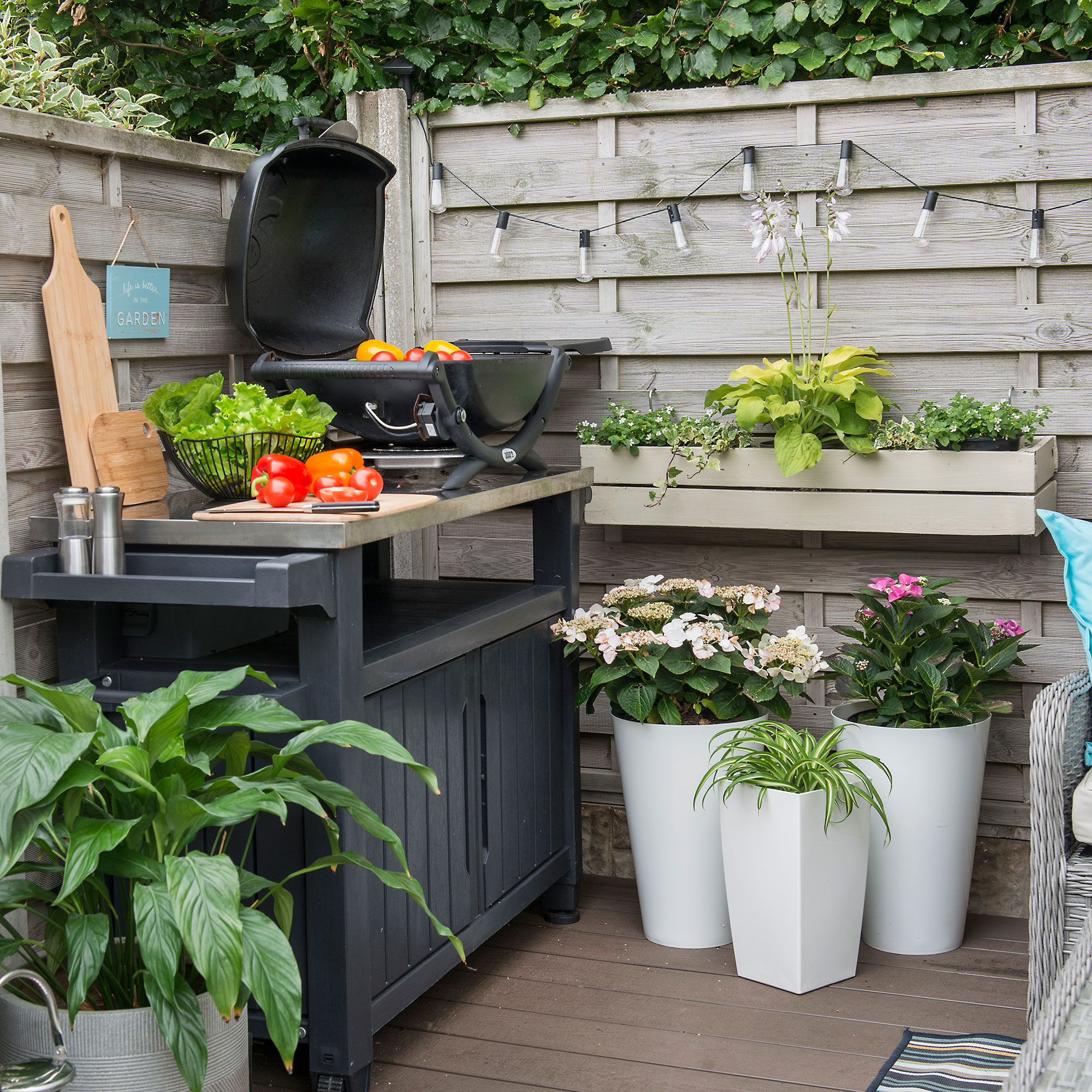
While you may think size doesn’t matter, we’re sorry to say that size really does matter when it comes to the pots in your garden. When clumped together or even hanging out solo, these pots can be big and bulky and often look much bigger than they are.
If your aim is to work with your garden rather than against it, you should try and opt for a variety of different pot sizes.
Lucie Bradley, Greenhouse and Gardening Expert at Two Wests & Elliot, explains, ‘When setting up your flower pots, mix different styles and heights of plant pots and group them together instead of having one lonely pot. The visual of different height plant pots will add to the aesthetic of your garden rather than all pots being the same height.’
Sign up to our newsletter for style inspiration, real homes, project and garden advice and shopping know-how
Danielle echoes this, stating, ‘Place groups of different sized pots close together for a more lush look, with the largest at the centre.’
If you're looking to buy a few pots in one go take a look at Homebase, they have a lovely range and currently have a multi-buy offer on outdoor plant pots.
2. Change with the seasons
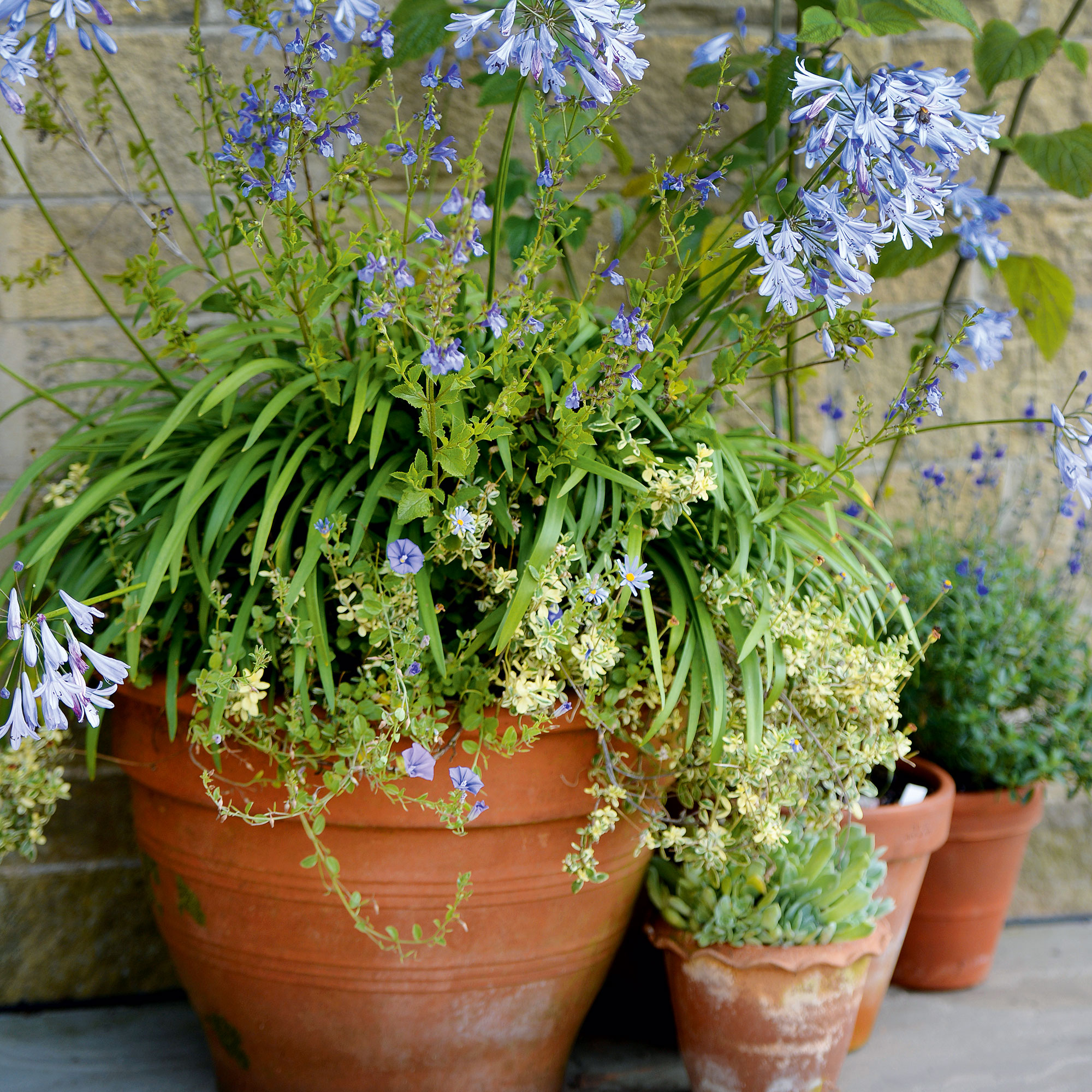
Your summer garden ideas will look very different to your winter garden ideas, which is why you also need to arrange your pots to suit these changing seasons.
Steve Chilton, garden expert at LeisureBench says, ‘When you arrange your pots, you need to think about how your garden and the plants in your pots will change throughout the different seasons.’
‘For example, you should arrange and re-arrange your pots throughout the year in order to accommodate seasonal plants and colours to create a unique look for every season.’
‘Similarly, some of your potted plants are likely to die back during winter and thrive through the summer, meaning that to keep your garden looking vibrant and healthy, you should switch around your pots so that there are always blooming plants on view.’

Steve is a passionate and knowledgeable garden expert with several years of experience within the field and has developed strong expertise for all things nature and plants. Steve is a keen educator and loves to share this knowledge with others. He strives to simplify complex garden practices and encourage eco-friendly gardening.
3. Choose practical locations

If you have a spare corner of your garden, you may feel inclined to fill it with a collection of garden pots. And, of course, you can do that if you want to.
But, sometimes, filling an empty space can make a small garden feel even smaller. So, it’s best to arrange your garden pots in practical areas of the garden you may not have considered before.
For example, you could frame your garden path ideas or garden steps with plant pots or stack them on a plant stand - like this Galaxy Small Ladder Plant Stand from Dunelm. These options will not only accentuate the walkway and take advantage of vertical space but will also add a pop of colour and intrigue to what is often a forgotten area of your garden.
If you don't want to buy anything new, don’t worry. Danielle suggests, ‘In the absence of a plant stand - use existing features like low walls or wide steps to add layers of height to your planting for your own DIY plant theatre.’
Not only that, but you also need to think about how you’re going to look after these potted plants. Steve says, ‘You don't want to place your plant pots behind bushes just to fill space, as it's going to be pretty difficult to get to them. Similarly, you don't really want to arrange your plant pots so that they're too far away from any sort of water source.’
‘If you're able to walk around your garden carrying water, this is fine. However, for those that might not be able to, it's important to place your potted plants near a water source such as a water butt or outdoor tap. If you don't have these, then it's ideal to place them near a door so you can easily get water from an indoor tap.’
4. Consider growing conditions
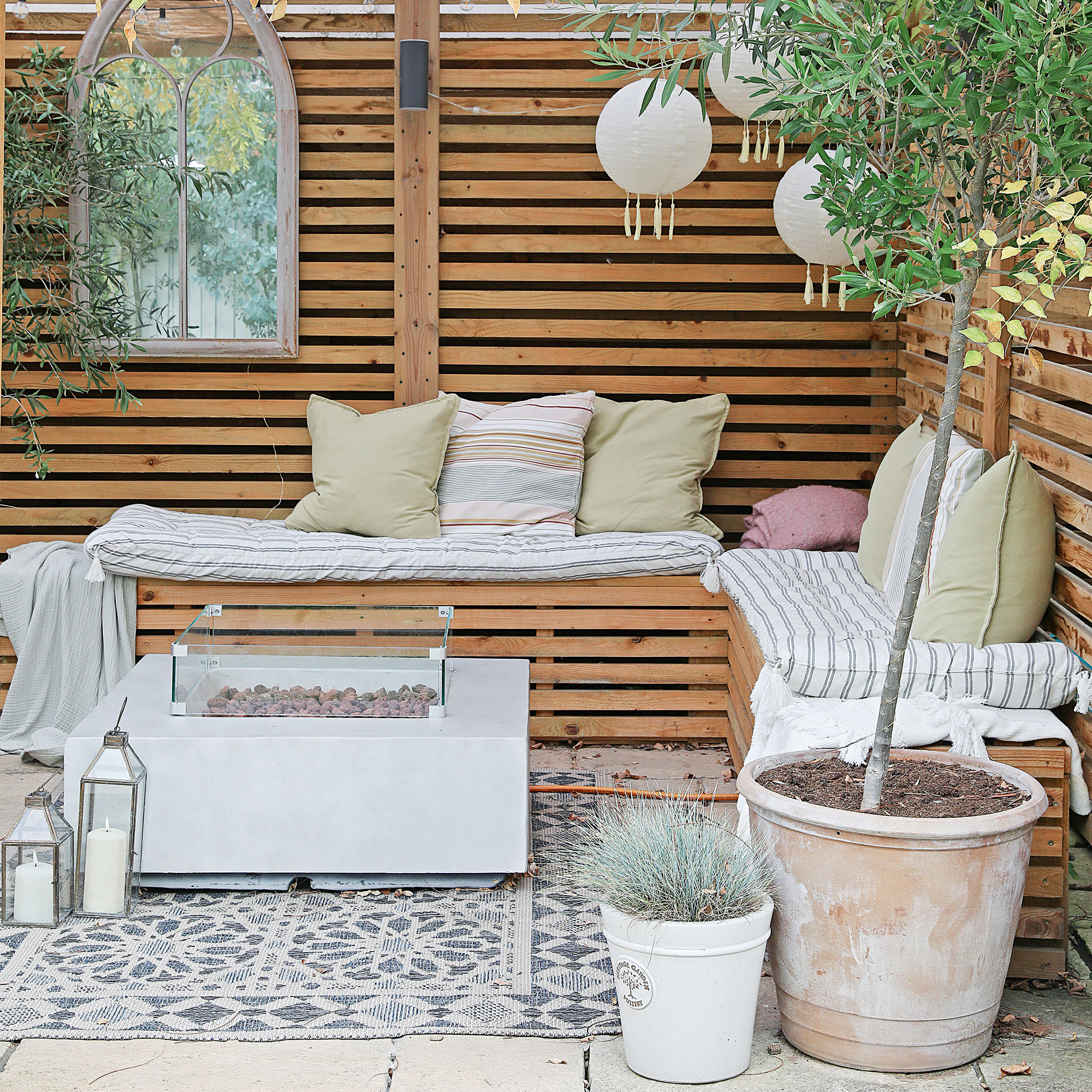
If you've been inspired by Mediterranean garden ideas to dot potted olive trees and lavender around your garden, one thing that will potentially dash your plans is growing conditions. While arranging your pots from an aesthetic point of view is important, arranging them in terms of optimum growing conditions is equally as important.
Lucie says, ‘If you're growing foliage plants, they don't need a lot of sunlight, so keep them in a group away from direct sunlight. On the flip side, cacti and succulents love the sun, so find a sunny spot in your garden for them.’
‘Now, for flowering plants, they need some direct sunlight. Without it, they might not produce those lovely flower buds. So, give them a medium amount of sunlight to keep them happy and blooming.’
Because of this, you should always research the plants in your pots before deciding on their final position.
5. Choose the right colours
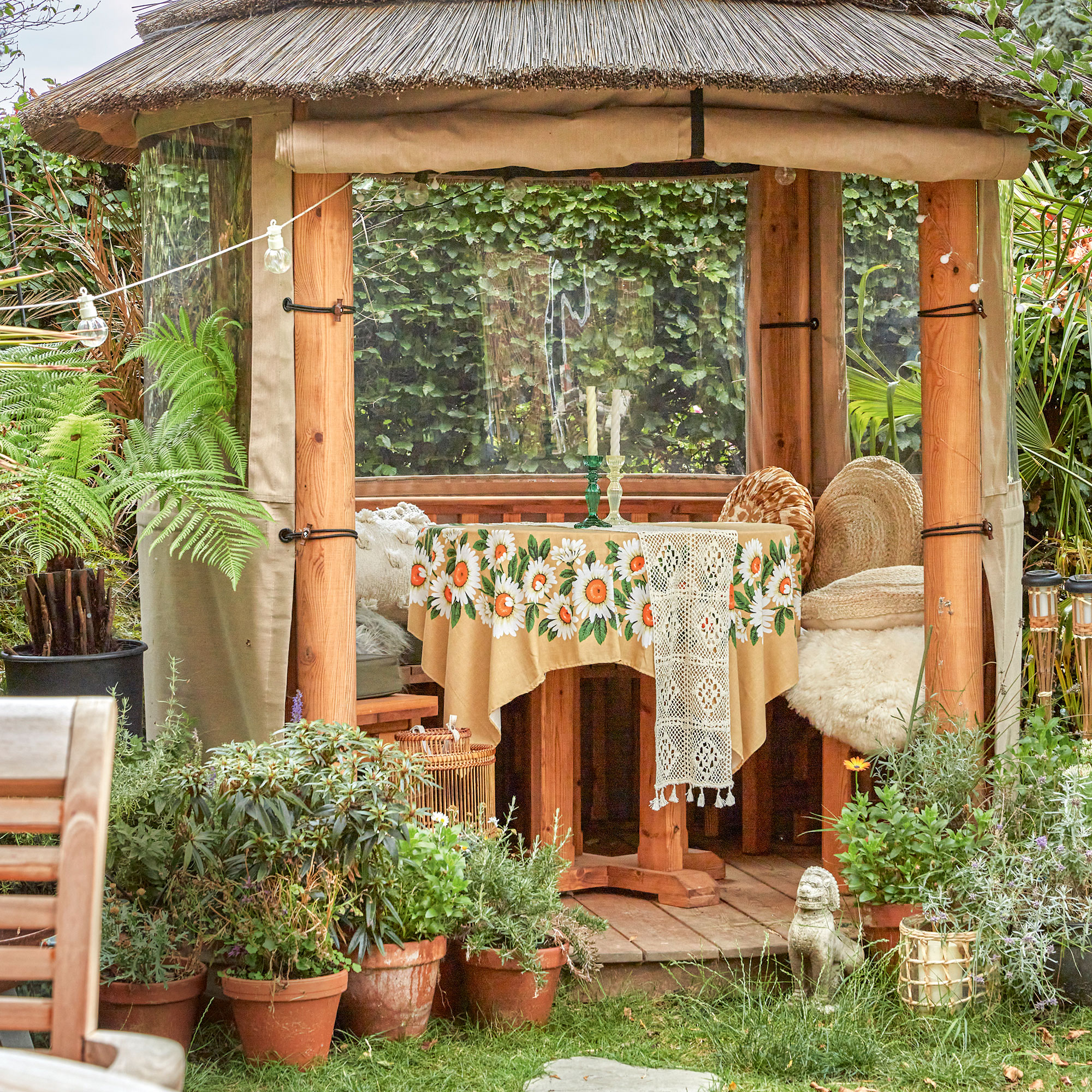
While arranging your pots by size and growing conditions will work in your favour from a practical point of view, making sure you arrange your pots by colour can also impact the visual appeal of your garden.
Thankfully, the beauty of your garden is the fact that it’s yours - which means that you call the shots. And if you want to celebrate your love of all things purple by growing purple plants, you can totally do that!
But most experts would advise experimenting with the plants that you grow in your pots. Opt for various colours and then move them around until you’re happy with the final result and the final combination of colours.
If you’re worried it’ll look too sporadic, though, you can choose one main colour to pull all of your pots together. Then, you can choose a few pink plants and spread them out so that they look like one cohesive unit.
FAQs
How do you group pots in a garden?
Pots can very easily look out of place in a garden, which is why it’s always a good idea to arrange them properly.
Jamie Shipley, Gardening Expert and Managing Director of Hedges Direct explains, 'Begin by walking around your garden and looking at what space you have available for pots and how many plants you are wanting to use. This allows you to get an idea of how many pots you will be needing, and how you may be able to aesthetically group some together.'
Then, group pots by height. Pop the larger pots at the back, and then bring the smaller ones to the front.
If you can, choose a variety of different plants and colours. This will add the most visual appeal to your garden and create a focal point you can be proud of.
Jamie echoes this, saying, 'Mix and match different plants to create texture. Consider combining foliage with flowers, or experimenting with a blend of shapes and sizes. This diversity brings a new dimension to your space and will also attract many different insects to your garden.'
How do I make my garden of pots look good?
The easiest way to make your garden pots look good is to group them together and create a focal point for an easy garden idea. But if you have limited space and don’t have the option to do that, making use of vertical space and buying plant stands or hanging them from fences can also offer that same visual appeal.
While you’re at it, avoid buying standard garden centre pots. If you can find pots that bring colour, pattern, and texture into your garden, these will also bring them up a notch.

How do you arrange flower pots in front of your house?
This couldn’t be easier. You could add pots on each side of your steps or porch or create a little cluster of pots to the side of your front door.
This will not only make the front of your house look more appealing but will also hit visitors with a beautiful scent whenever they come to your front door.
Who knew there was such an art to arranging pots in the garden?

Lauren Bradbury has been the Content Editor for the House Manual section since January 2025 but worked with the team as a freelancer for a year and a half before that. She graduated with a Bachelor’s degree in English and Creative Writing from the University of Chichester in 2016. Then, she dipped her toe into the world of content writing, primarily focusing on home content. After years of agency work, she decided to take the plunge and become a full-time freelancer for online publications, including Real Homes and Ideal Home, before taking on this permanent role. Now, she spends her days searching for the best decluttering and cleaning hacks and creating handy how-to guides for homeowners and renters alike, as well as testing vacuums as part of her role as the Ideal Home Certified Expert in Training on Vacuums, having spent over 110 hours testing different vacuum models to date!